Her words sound like a refrain echoing across many corners of Ukraine — in Sumy, Lviv, Zaporizhzhia, and Geneva. Yes,…
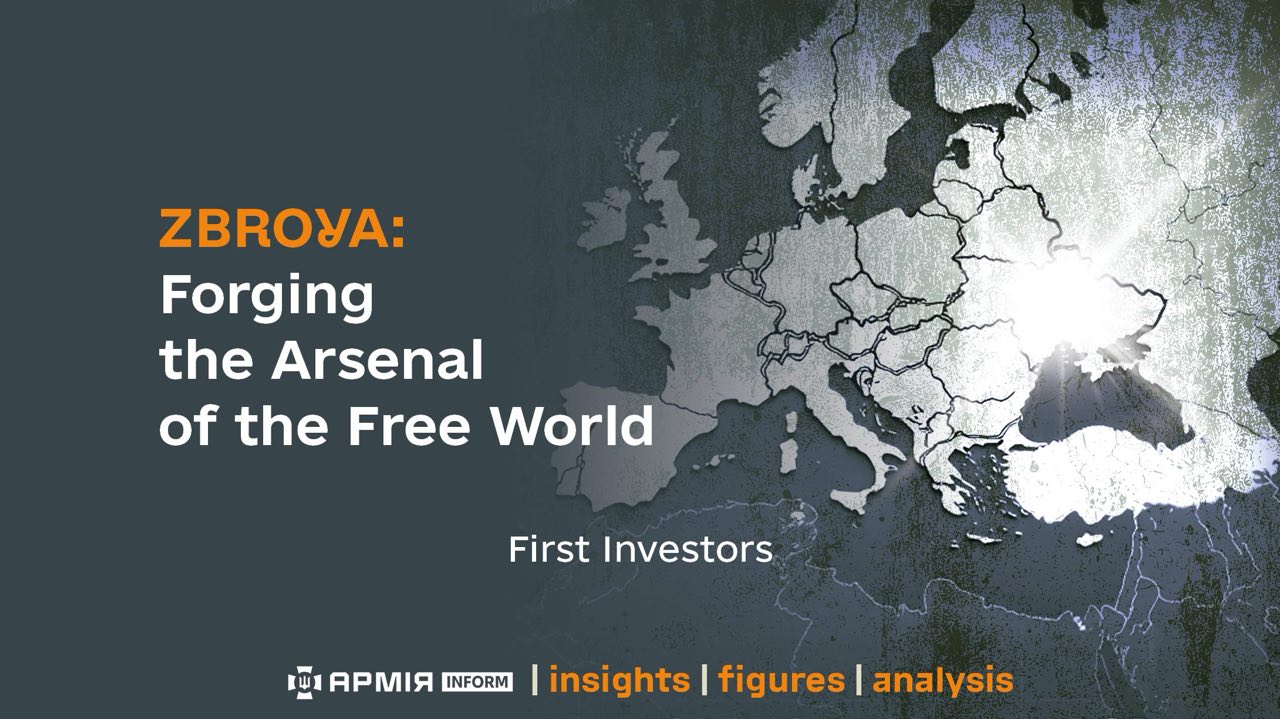
This second part of our series is dedicated to the concrete, measurable results achieved during the initiative's first year of operation. We will examine how much funding was invested, what specific weapon systems—notably the "Bohdana" SPH—were produced for the frontline, and how a bilateral initiative grew into a powerful international coalition. This is the evidence-based case for the model's effectiveness, articulated through the language of facts and figures.
In our previous article, we analysed the architecture of the ‘Danish Model’ and its underlying principles. Now, it’s time to move from theory to practice.
A Coalition of Investors
The resounding success of the ‘Danish Model’ in 2024 has acted as a powerful catalyst, transforming the initiative from a bilateral pilot project into a formidable international investment coalition. The model’s proven ability to deliver critical, battle-tested capabilities with unparalleled speed and cost-efficiency has attracted a growing roster of nations eager to participate. The core group of Nordic countries—Denmark, Sweden, Norway, and Iceland—has been joined by Canada, with others like the Netherlands expressing strong interest in adopting this framework.
This expanding coalition is matched by an explosive growth in financial commitments. The funding allocated through this mechanism is projected to more than double in 2025, surging from approximately €0.6 billion in 2024 to an expected €1.3–€1.4 billion. This financial scale-up is not speculative; it is underpinned by concrete pledges and innovative funding streams, most notably the decision by the European Union to entrust Denmark with implementing the distribution of €1 billion in profits derived from frozen Russian assets directly through this model. This move is both a powerful vote of confidence and a symbolic act of justice, compelling the aggressor to finance the defence of the nation it attacked.
The following table outlines the projected funding coalition for 2025, illustrating the breadth of international commitment:
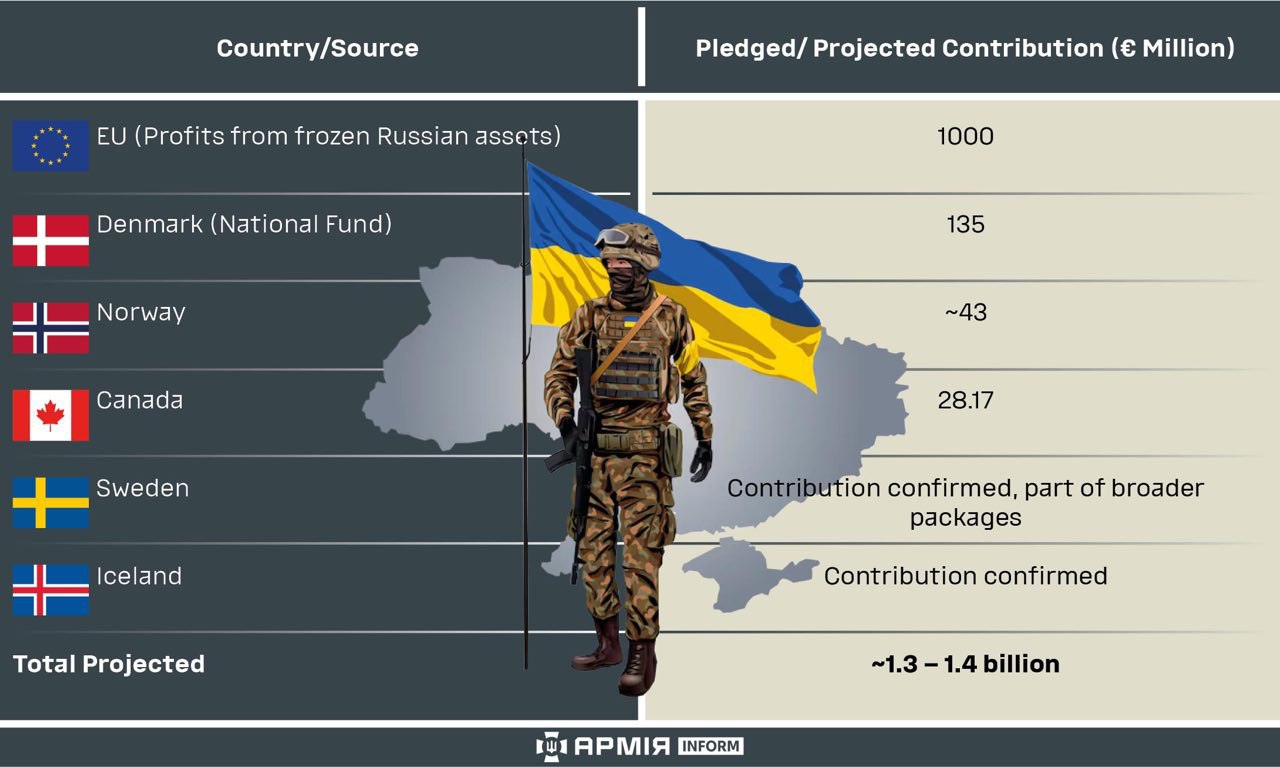
The Strategic Dividends of Co-Investment
The impact of this scaled-up investment extends far beyond the simple procurement of hardware. The Danish Model generates multi-layered strategic dividends that create a comprehensive and compelling value proposition for all partners involved.
Military-Technical Dividends: At the operational level, the model continues to deliver the core advantages of speed, relevance, and battlefield-driven innovation. Crucially, it serves as a powerful engine for NATO interoperability. The flagship “Bohdana” SPH, for instance, was designed from its inception to use the Alliance’s standard 155mm ammunition, represenThe impact of this scaled-up investment extends far beyond the simple procurement of hardware. The ‘Danish Model’ generates multi-layered strategic dividends that create a comprehensive and compelling value proposition for all partners involved.
Economic Dividends for Ukraine: From an economic perspective, the model is a potent stimulus for Ukraine’s national economy. Every euro invested remains within the country, fuelling thousands of high-skilled jobs in a sector that already employs over 300,000 people, generating vital tax revenue, and fostering growth in adjacent industries like metallurgy, logistics, and software development. This external financing is critical for closing the significant funding gap identified by Ukrainian officials, where the domestic defence industry in 2025 has the capacity to produce an estimated $35 billion in equipment than the national budget can currently finance.

Enabling the Ecosystem: National Support Structures
The surge of international investment is flowing into a domestic ecosystem that Ukraine is proactively modernizing to ensure maximum transparency, efficiency, and accountability. A cornerstone of this effort is the DOT-Chain Defence platform, a digital defense marketplace launched by the Ministry of Defence.
DOT-Chain Defence is a critical enabler that functions in perfect synergy with the Danish Model. While the Danish Model provides the capital, DOT-Chain provides the transparent, efficient digital rails for that capital to be deployed. The platform operates as a modern marketplace where military end-users can directly view a catalog of verified equipment and place orders to meet their specific operational needs. This process generates real-time, data-driven demand signals for manufacturers and establishes a direct feedback mechanism from the front lines—a digital extension of the rapid innovation loop that makes Ukrainian defense tech so agile.
For international partners and investors, the existence of DOT-Chain is a powerful confidence-building measure. It demonstrates a coherent national strategy to build the digital infrastructure necessary to absorb and manage scaled-up investment with auditable transparency. It ensures that funds channeled through the Danish Model are not lost in a bureaucratic black box but are instead directed with precision to the most urgent, user-validated requirements, further de-risking the investment and maximizing its impact on the battlefield.
An Investment in a Secure and Resilient Europe
The scaling of the Danish Model represents far more than an increase in aid to Ukraine; it is the most effective and efficient investment currently available in the future of European security. By funding production in Ukraine, partner nations are achieving multiple strategic objectives simultaneously. They are equipping a nation that serves as the eastern shield of the continent, strengthening their own security in the process. They are also helping to build a more resilient, innovative, and cost-effective defense industrial base for all of Europe — what analysts have termed the “affordable arsenal of democracy”.
This approach offers a pragmatic solution to the “guns versus butter” dilemma facing many European nations, allowing them to meet their rearmament goals more affordably by leveraging the efficiencies of Ukraine’s DIC. The continued expansion of this investment coalition is, therefore, a strategic imperative for achieving a common victory and architecting a new, more self-sufficient, and ultimately more secure European defense landscape.
Author: Taras Tymchuk
@armyinformcomua
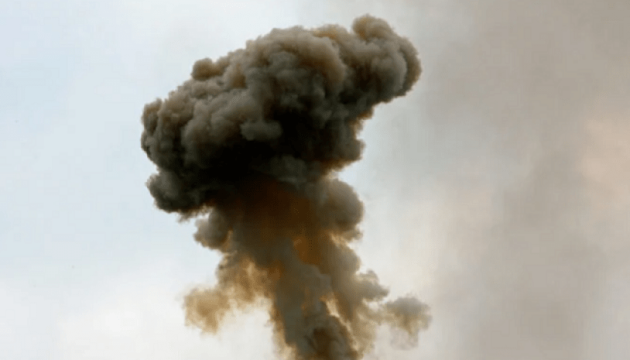
The enemy carried out a series of targeted strikes on a thermal power plant in the nearest suburb of Kharkiv. This led to a significant drop in voltage in the city, directly affecting heat supply and the operation of public transport.

On the Kramatorsk axis, in the area of responsibility of the 56th Brigade, the enemy continues to use the so-called “creeping offensive” tactic. The advance is carried out mainly by infantry, supported by fiber-optic FPV drones. The enemy launches several hundred such drones per day in this sector.

On the Lyman axis, the situation remains difficult. The enemy does not abandon attempts to assault our forward positions with its numerous infantry. They try to “fly in” to positions on motorcycles; assaults using heavy equipment also take place.
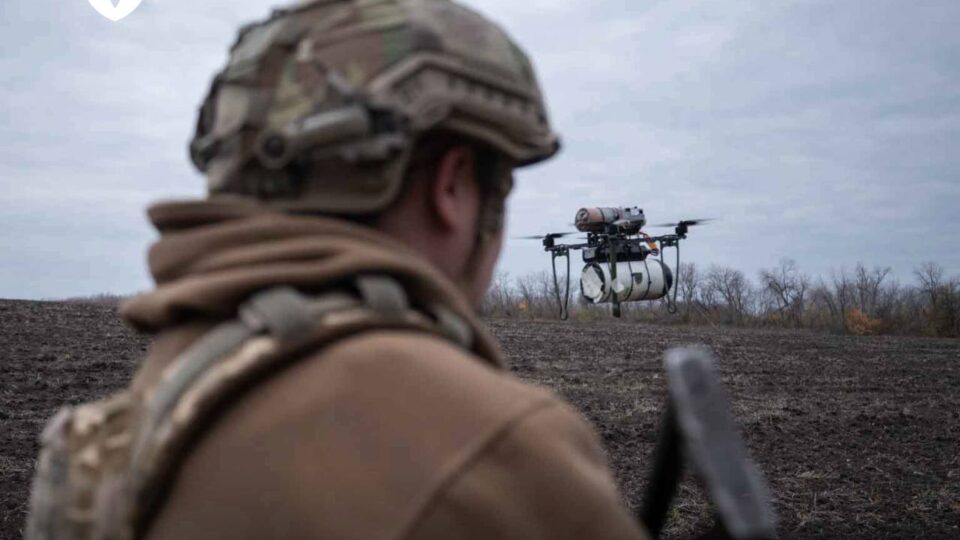
The number of supplied drones has increased by nearly 2.5 times compared to the number delivered last year.
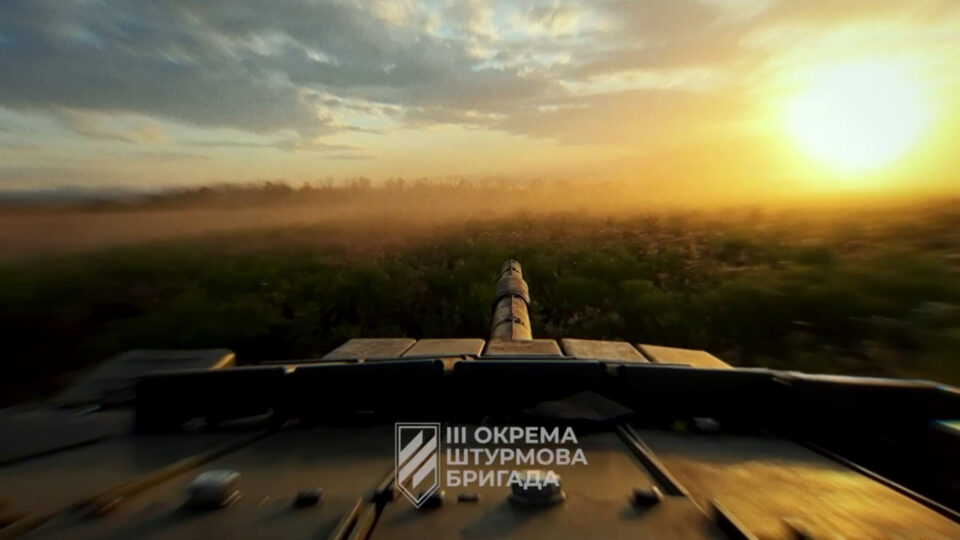
On the Kupiansk axis, in the area of responsibility of the 3rd Assault Brigade, the enemy is observed using infiltration tactics with small groups. However, enemy assault infiltrators are met with annihilation.
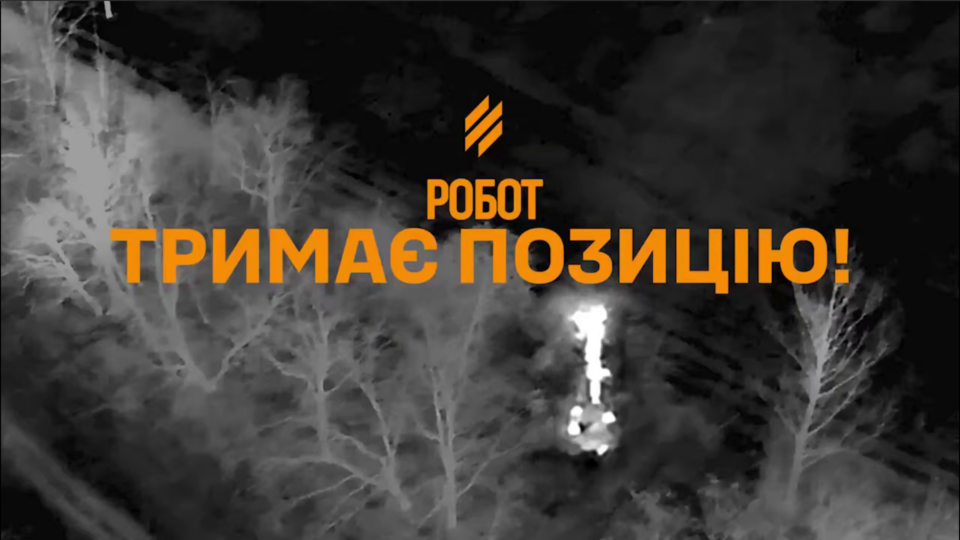
For 45 consecutive days, a ground robotic complex of the 3rd Assault Brigade went on combat duty and, with machine-gun fire, suppressed all attempts by the enemy to break through into our sector.
Her words sound like a refrain echoing across many corners of Ukraine — in Sumy, Lviv, Zaporizhzhia, and Geneva. Yes,…